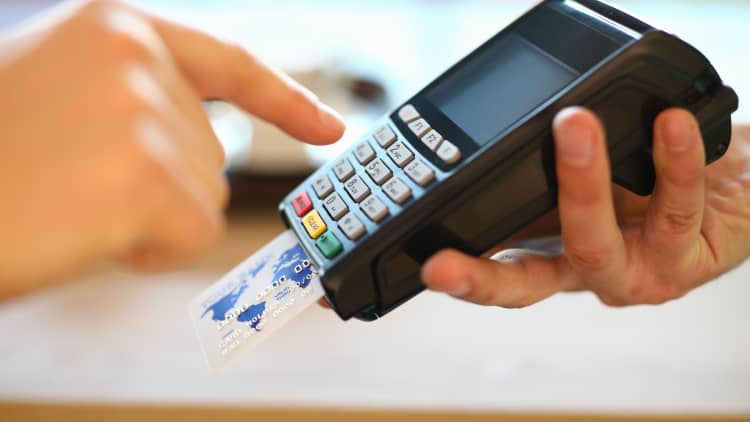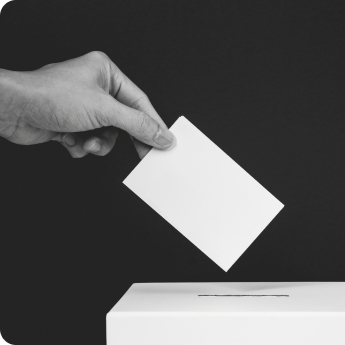Blog
What the Financial Industry Doesn’t Want You to Know About Their Abusive Junk Fees.

Junk fees are the consumer issue on everyone’s mind these days, from concert-goers in the Ticketmaster queue, to economic experts in the White House.
There’s no denying the extra “ticketing,” “administrative,” or “service” fees working Americans encounter are pernicious and budget-busting – but the sneakiest part about them is that they were designed to hit you at the checkout line, without warning.
It’s a strategy that has helped countless corporations earn billions in extra profits by holding you hostage to their hidden charges – and their MAGA allies in Congress are lining up to help defend their tactics while attacking consumer advocates like the Consumer Financial Protection Bureau (CFPB).
In honor of Junk Fee Week, we rounded up some of the shocking facts and figures about junk fees that the financial industry would like to keep in the dark:
- Consumers Already Saved Billions Under CFPB’s Junk Fee Crackdown. Consumers have already saved a staggering $4.25 billion amid the CFPB’s initiative to crack down on junk fees, as many big banks chose to preempt the Bureau’s actions by voluntarily revamping their overdraft and non-sufficient fund fee practices. It’s a major early success of the Biden administration’s initiative to rein in industry junk fees, including a plan to cap credit card late fees at $8, saving American families $9 billion every year.
- Megabanks Reaped $20.5B From Junk Fees In 2022. JPMorgan Chase, Citigroup, and Wells Fargo are among the ten largest retail banking institutions that raked in a staggering $20.5 billion in revenue from junk fees in 2022. It’s profits the CEOs of these megabanks funneled towards nearly $215 million in combined salaries and compensation, averaging nearly $21.6 million a piece.
- The Top 20 ‘Junk Fee’ Banks Heavily Target Lower-Income Communities. The top 20 U.S. banks that are most dependent on junk fees disproportionately target lower-income consumers through their branch locations. In fact, nearly 60 percent of these banks’ 4,200+ branches are set up in counties with poverty rates at or higher than the national poverty rate, while over 76 percent of their branches were in counties with median household income levels less than the national median household income.
- Consumers Paying An Average Overdraft Fee Of $35 Could Use That Money To Buy Necessary Consumer Goods, Such As Coffee, Gas, And Baby Food. The Consumer Protection Bureau and the Federal Deposit Insurance Corporation found that the average overdraft fee costs $35, which can “add up quickly,” with frequent overdrafters paying $380 in overdraft fees a year. In fact, consumers could buy over 7 gallons of gas with the same amount of cash.
- Junk Fee-Abusing Industries Already Spent $2.2M Lobbying Senate Republicans. The same Senate Banking Republicans defending junk fees and their supposed “legitimate purposes” have taken over $2.2 million from banking trade groups and institutions that exploit such fees.
- Why Chairman McHenry Is Desperate to Justify Junk Fees. Our review found that House Financial Services Committee Chairman Patrick McHenry has received $792,000 from the three largest banks that raked in over $3.76 billion in overdraft/NSF fees in 2021 and industry groups opposed to overdraft regulation, including $1,000 from the Independent Community Bankers of America the day before McHenry led a letter attacking the CFPB for its efforts to regulate overdraft and other junk fees.
